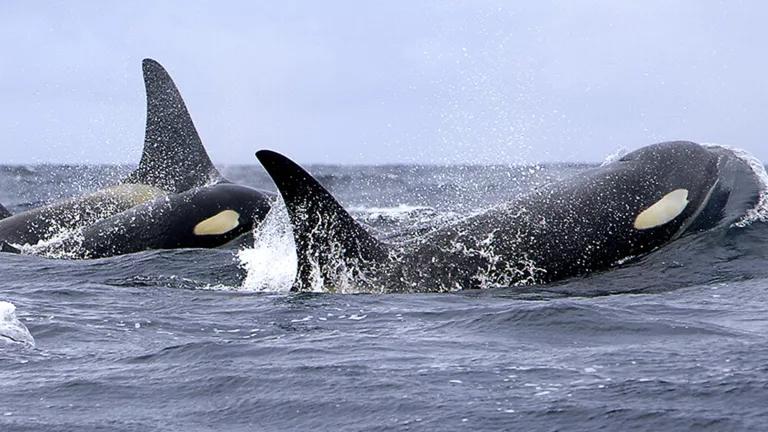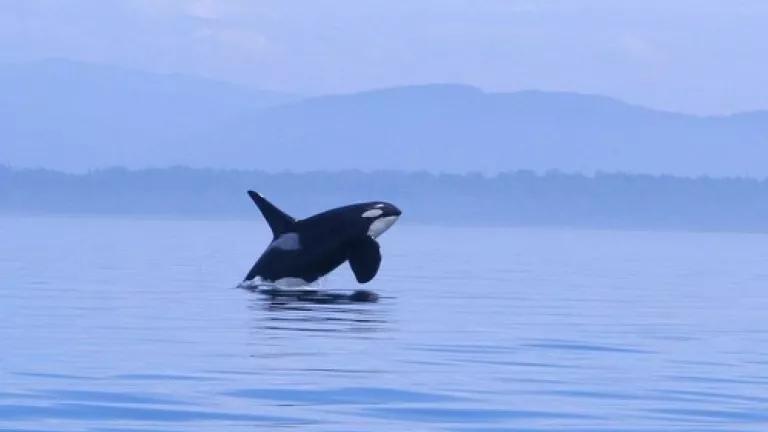Last week, Washington took a major step to confront the acidifying waters off its coast. Governor, Christine Gregoire, signed an executive order calling on state agencies to take concrete actions to help protect marine life – and the State’s $270 million aquaculture industry – from the growing threat of ocean acidification.
This makes Washington the first state to establish a policy to address ocean acidification.
The world’s ocean chemistry is shifting faster than it has in millions of years. Our oceans absorb about a quarter of the carbon dioxide we produce with our power plants, factories, and cars, causing the pH of ocean water to decline. As seas become more acidic, they become inhospitable to some sea life including, species of corals, crabs, mussels, oysters, scallops – even some reef fish.
Today, on average, the world’s oceans are 30% more acidic, compared to preindustrial times. Scientists predict that the average acidity could double or triple by 2100. But these global averages do not capture what is happening in local “hotspots,” where acidity is rising even more quickly due to a mix of local factors that make the problem worse.
In other words, “2100” is already happening in some regions of the globe.
Through a combination of regional wind patterns, coastal circulation (i.e., upwelling), and runoff of nutrient pollution, Washington State finds themselves in such a “hotspot” and has decided that – instead of hiding from bad news – to take change and help lead the way for the rest of the country. The Governor recently called on the state legislature to allocate $3.3 million to pay for essential research.
While much still needs to be learned, scientists have identified other regions around the U.S. which are either experiencing rapid changes in ocean chemistry and/or have valuable marine resources at risk. These include: Oregon and California, which are located next to the same coastal upwelling system as Washington State; Alaska, which is surrounded by cold, nutrient-laden water, naturally rich in CO2; Hawaii, whose marine life and economy depends heavily on the health of coral reefs, which are sensitive to rising acidity; the Gulf of Mexico, which struggles with massive nutrient pollution from the nation’s breadbasket; and numerous estuaries along the east coast, such as the Chesapeake Bay, which both support valuable shellfish and suffer from significant nutrient pollution.
To get ahead of the problem, other states should follow Washington’s lead by investing in research and identifying local solutions to mitigate the problem. Some states are already taking steps in the right direction. California is assembling a research panel, and Alaska has invested nearly $3 million for expanded research programs in their state waters.
While the federal government has an excellent ocean acidification program – and a promising vision for interagency research and a monitoring plan – Congress has never appropriated sufficient funds to carry out the plan.
When compared to individual states’ efforts, it is clear that the $6.2 million allocated by Congress in 2012 for ocean acidification research is sorely inadequate. Both Washington and Alaska alone have recommended, or committed, $3 million simply for initial research programs. The federal government urgently needs to show a comparable level of financial commitment to this problem.
In an editorial earlier last week, The New York Times summed up the significance of this action well: “In a sense, the state has committed itself to becoming an aquatic laboratory. If it succeeds, it will help its own aquaculture industry and inspire other regions and countries to find practical responses for the oceans and their aquatic life as a whole.”
Here’s hoping they get what they need in order to do just that.




